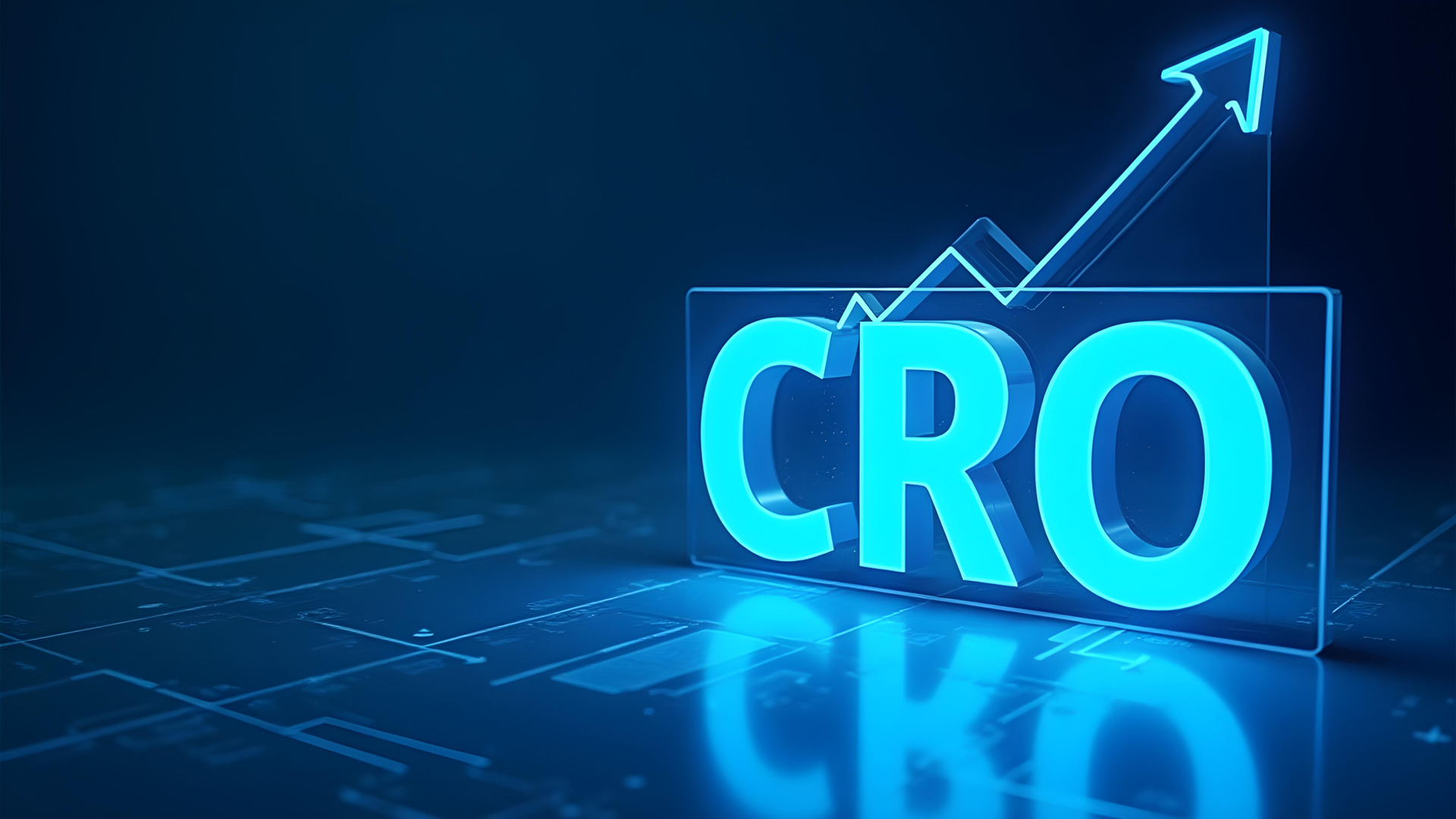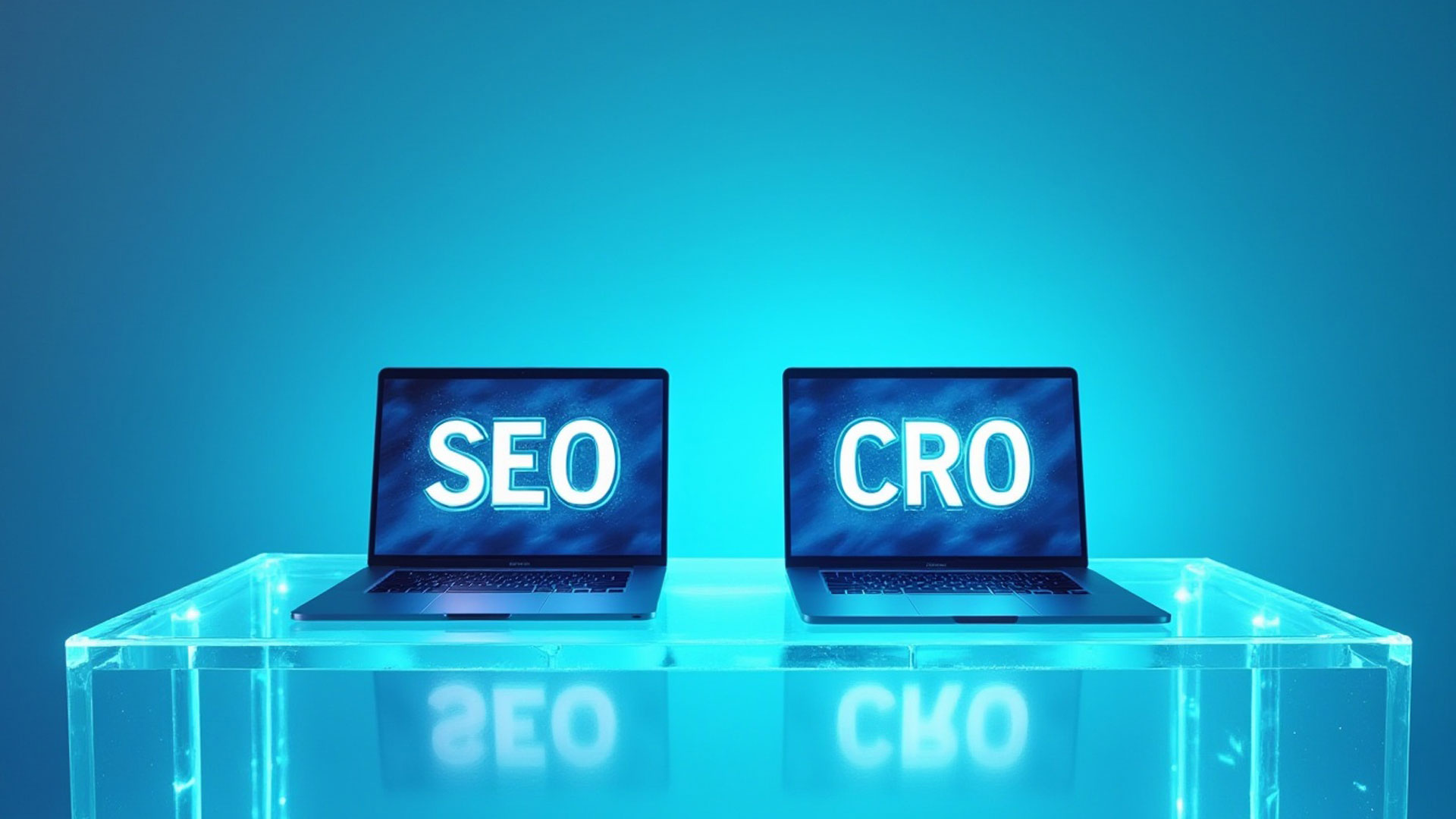

Imagine you own a store. A lot of people come in, but just a small number of them buy. Wouldn't it be amazing if more people who came to your site bought something? That's what Conversion Rate Optimisation is all about. It gets people who visit your website to become customers, subscribers, or leads. In the end, it's not about obtaining more visitors; it's about making the most of the ones you already have.
Conversion Rate Optimisation is a must for anyone who wants to make sure their website is running as well as it can. If you have a small blog, a big online store, or a commercial website, it should make you feel good to think that conversion rate optimization could help you reach your goals. Your marketing will be more effective if you can persuade more people to convert, and your website will do more work for you.
This guide will help you understand Conversion Rate Optimization. We will cover what it is, how to monitor the conversion rate, and how to successfully get your website to operate better. We will attempt to make our techniques basic so they can be easy to follow. Let’s get started to help you build a better website!
Conversion Rate Optimization is affecting your website to influence more visitors to do what you want them to do, whether that's purchasing a product, subscribing to a newsletter, or filling out a contact form. Every website has a goal, and CRO will help you reach this goal more frequently.
For instance, in the case of an online store, you want more people to purchase your products. In the case of a blog, you may desire more readers to subscribe to your emails. Conversion Rate Optimization is the process of understanding what stands in the way of people taking action and fixing it.
Conversion Rate Optimization utilizes evidence, testing, and targeted modifications to enhance results. No more guessing, you get to believe what could work with facts and data, and make smarter selections about what you should try to accomplish to inspire more visitors to take action. Minor modifications, such as adjusting a button size or rephrasing a headline, can help convert more consumers.
Knowing your conversion rate is the first step to Conversion Rate Optimization. The conversion rate tells you what percentage of your visitors are taking the action you want them to take.
Here's the basic equation:
Conversion Rate = (Number of Conversions / Number of Total Visitors) × 100
Let's put this in context. If 1,000 visitors visit your website. Out of those, 50 buy something from your store.
Your conversion rate is: (50 ÷ 1000) × 100 = 5%
You can measure conversion rates for any action: sign-ups, downloads, purchases, or whatever action you want your visitors to take. Tracking this number will assist in assessing whether your modifications made a difference.
What constitutes a "good" conversion rate is affected by your industry and your aims. Lots of websites perform between a 2% and 5% conversion rate. Some outstanding sites will outperform that, while many sites will do more severe than that.
As far as online stores go, it is in the area of typical to get 2 or 3 out of every 100 visitors to buy. For landing pages or sign-up forms, you will see a greater conversion rate in many circumstances, even upwards of 10% or more. It is just important that you know your numbers and plan on working to improve them over time.
Never forget that even a small percentage increase in your conversion rate is a huge improvement. If you raise your conversion rate from 2% to 4% that translates to double the customers for completing the same amount of work to get visitors!
When you're first starting with Conversion Rate Optimization, it may help to determine the most crucial areas of your site. Those pages that turn users into customers: your homepage, product pages, and sign-up forms.
Begin by identifying:
Use tools available to you, like Google Analytics, to determine where your users are dropping off from your website. Ask yourself, Is the page easy to use? Can people find what they’re looking for? Is the call to action clear? If you can make some basic improvements, like having your buttons stand out or shortening an area for your customer to fill out, it may make a difference.
Also, talk to your visitors. From surveys and feedback forms, find out what they enjoy and what they don’t like. Some of the best ideas come from the people.
These are the 10 conversion rate optimization (CRO) strategies that are applicable and performance-optimized for your website to boost your outcomes and conversion rate. I will offer each of them easy-to-follow instructions:
By constantly using the ideas in this guide to Conversion Rate Optimization and tracking their outcomes, you may enhance your conversion rates over time.
You should not have to do everything manually. Numerous tools can help with Conversion Rate Optimization. Here are a few of the popular ones:
These tools will help you to see how your visitors act and test fresh ideas. Choose the equipment that best meets your demands and your budget.
To maximize your Conversion Rate Optimization outcomes, apply the best strategies outlined below:
Remember, CRO is not a one-time project; it's constant. Be sure to connect to other related pages on your website. If you say "SEO", link to your SEO guide. Linking pages helps users locate more information and remain on your website longer.
Conversion Rate Optimization and SEO are a great fit. As SEO helps you acquire visitors to your website, CRO allows you to convert visitors into customers or leads.
When you use both conversion strategies, you are optimizing your traffic. Good SEO helps you be discoverable and rank on search engines, leading to more visits. CRO enables you to encourage your visitors to take action.
For instance, you may have a blog entry about "best running shoes." SEO allows users to locate the "best running shoes." CRO will allow people to sign up for your newsletter or purchase shoes. Both SEO and CRO are essential to your website's success.

SEO and CRO are different but related.
You need both SEO and CRO. SEO will attract the crowd, and CRO is meant to get the most from every visitor.
Spending money on website traffic but not generating sales? DecodeUp focuses on Conversion Rate Optimisation (CRO), the art of transforming your existing visitors into customers. We can help you double your customers, getting the most out of your marketing expenditure with research-based techniques. Connect with us and unlock your website's accurate potential!
Conversion Rate Optimization is the best way to maximize the effectiveness of your website. If you can make small changes, or even try new methods of doing things, and turn more of your visitors into satisfied customers, then CRO is a no-brainer. Just follow the guideline of keeping it simple, base your judgment on statistics, and always be on the lookout for improvement.
Start with the basics by knowing your conversion rate, identifying what conversion rates are weak, and testing alternative ideas. Use the tools provided, and ask your visitors what they are looking for. Over time, your website will function better, and your business will succeed.
If you want to learn more, have a look at other guides on SEO, content marketing, and website design. The more knowledgeable you are, the better the results will be.